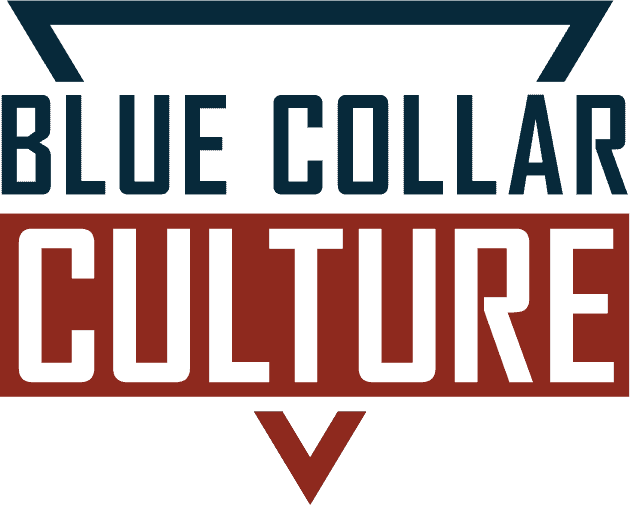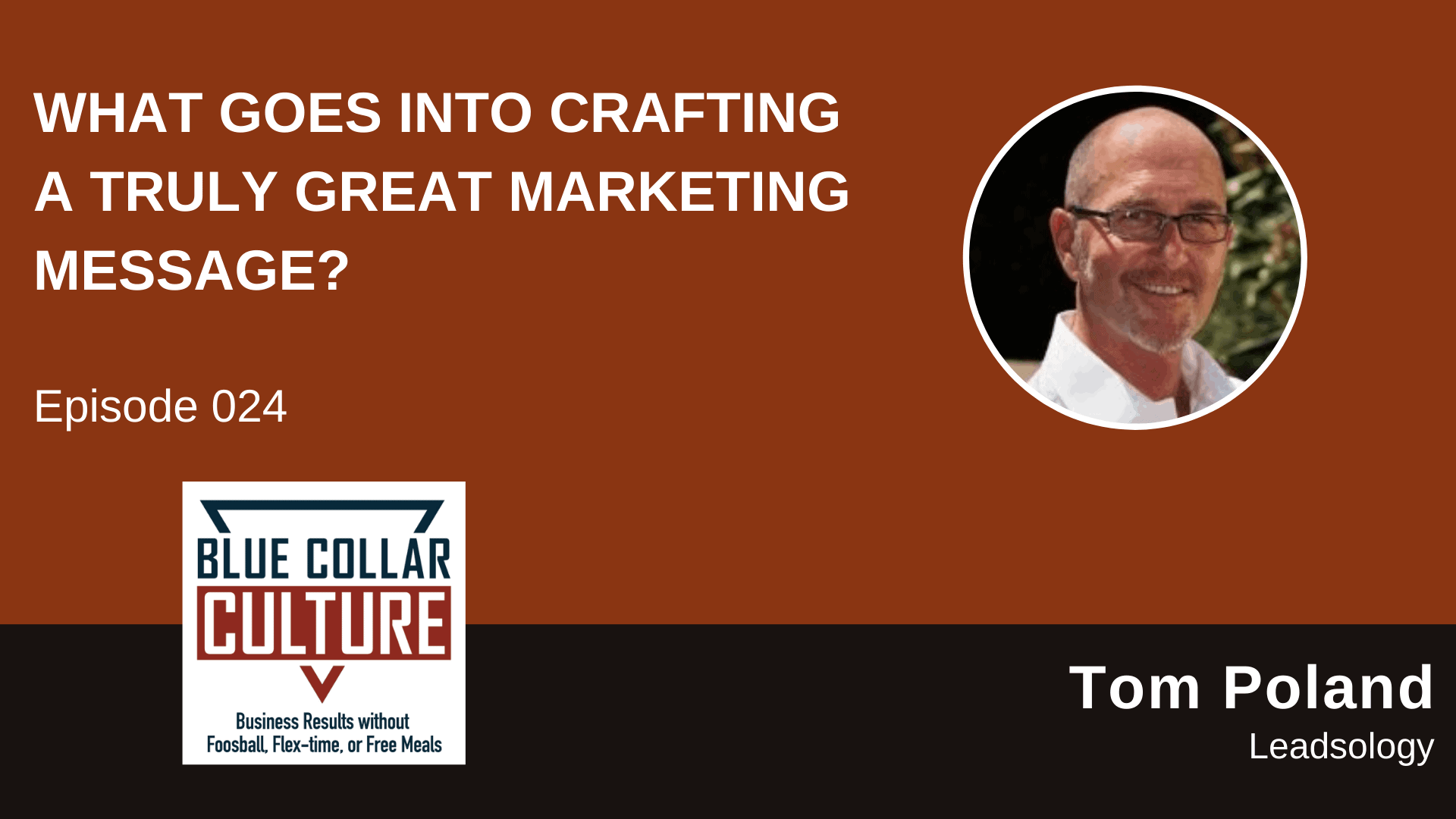On this week’s episode of The Blue Collar Culture Podcast, we speak with special guest Tom Poland, creator of Leadsology. Tom is a marketing mentor, and a guru for lead generation who has had incredible success when it comes to building marketing systems and getting people to think differently about the sales and marketing process. His focus today is “Leadsology: The Science of Being in Demand”, which is a blended learning program that gives professional advisors a model for generating a flow of high-quality, inbound, new client inquiries into their businesses.
“One of the biggest myths is that you have to be really good at sales if you’re going to get a new client on board. My take on that is that selling is what you have to do when your marketing sucks. If your marketing really sucks, your sales skills have to be pretty good because you haven’t differentiated yourself or given anyone a compelling reason why they should pick you. If you get your marketing happening, the inquiries are going to come in and people are gonna want to work with you,” says Tom.
We chat about debunking sales and marketing myths, as well as:
- Unique sales propositions— USPs
- Creating a great marketing message
- Testing the efficacy of your marketing message
- Using guarantees in your messaging
- And more
Listen now…
Mentioned in this episode:

